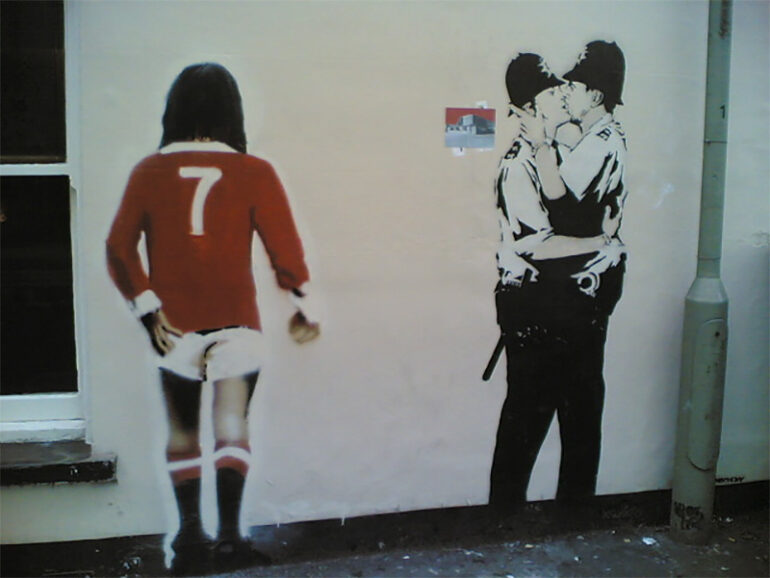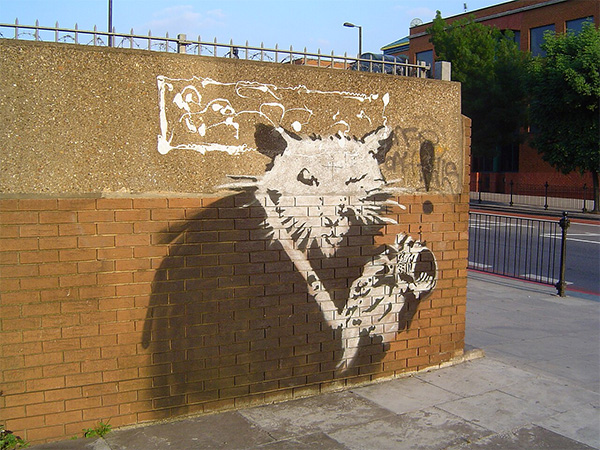With street artists like Banksy driving the movement, political commentary via art has become increasingly important as a means of expression. Through turning public areas into venues for conversation, Banksy’s art crosses conventional lines and involves many people in critical debates about social concerns. His ability to combine comedy with harsh reality asks viewers to consider their part in a complicated social scene. Under this different prism, art becomes a tool for transformation, pushing people to rethink their viewpoints and the planet they live on.
The Power of Political Commentary
As a potent vehicle for political expression, street art lets creators like Banksy question social mores and inspire ideas. Audiences on many levels will find resonance in his work, which frequently questions social inequalities, consumerism, and political policies. Banksy democratizes the message by putting his work on public places, therefore enabling a varied audience to access it. This strategy not only starts discussions but also invites viewers to consider their own ideas and the surroundings. His commentary is powerful and long-lasting because it can express difficult concepts with basic images.
Social Commentary and Critique
Like most art, Banksy’s works mirror the complexity of society. By means of arresting images and deft juxtaposition, he tackles environmental damage, conflict, and inequality. Often employing sarcasm and humor to disarm the audience, his works force viewers to face hard realities about modern life. Placing his provocative artwork in metropolitan environments lets regular people interact with important social concerns. This accessibility helps passive viewers to become active participants in a conversation about change, therefore fostering a better knowledge of the urgent problems facing the planet.
Environmental and Animal Rights Messages
Through his artwork, Banksy regularly draws attention to environmental problems and animal rights, therefore challenging viewers’ connection with the earth and other species. Using striking images to create urgency, his works often show the results of pollution, deforestation, and climate change. Through showing animals in helpless or ridiculous circumstances, he exposes human abuse and neglect of the natural environment. This emphasis not only increases awareness but also motivates viewers to consider how they might personally affect the earth. By means of these messages, Banksy promotes a more sympathetic attitude and a closer link between individuals and the surroundings.
The Influence of Consumerism and Capitalism
In Banksy’s work, which questions the unrelenting chase of materialism, the ubiquitous character of consumer culture is a recurrent motif. His works frequently underscore the emptiness that can follow consumer-driven lives by contrasting commercial emblems with harsh reality. Banksy challenges viewers to consider their morals and the social pressures supporting too much consumerism by utilizing satire and visual irony. This commentary reminds viewers of the results of putting profit before people and motivates them to think about the wider effects of their decisions. By means of his artwork, he urges a critical review of how capitalism impacts personal identities and community relations.
With his work, Banksy shows the transforming potential of art as a tool for social change, inspiring viewers to interact creatively with urgent concerns. Through combining artistic expression with critical criticism, he not only draws attention to the shortcomings in social systems but also fosters a collective consciousness that motivates thought and action. Through easily available public art, he can inspire people to question their roles in forming a more fair and sustainable future by means of a greater awareness of the interdependence of several social, environmental, and economic concerns.
Photo Attribution:
1st & featured image by https://commons.wikimedia.org/wiki/Banksy#/media/File:Banksy_Kissing_Policemen.jpg
2nd image by https://commons.wikimedia.org/wiki/Banksy#/media/File:The_Rat_(Graffiti_in_London).jpg

